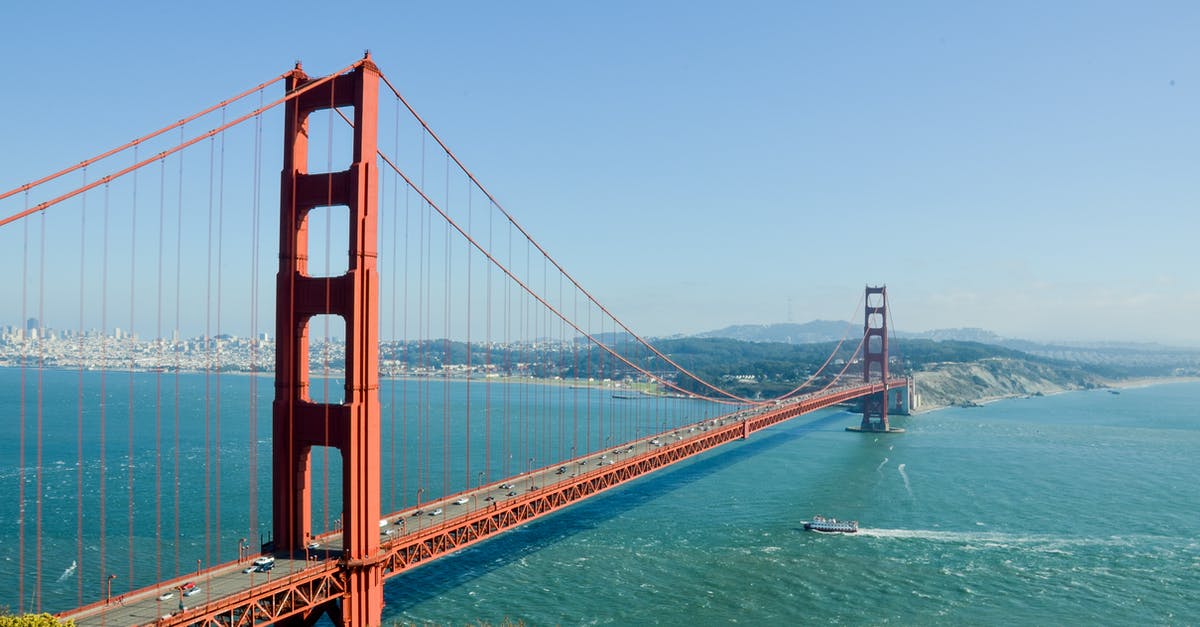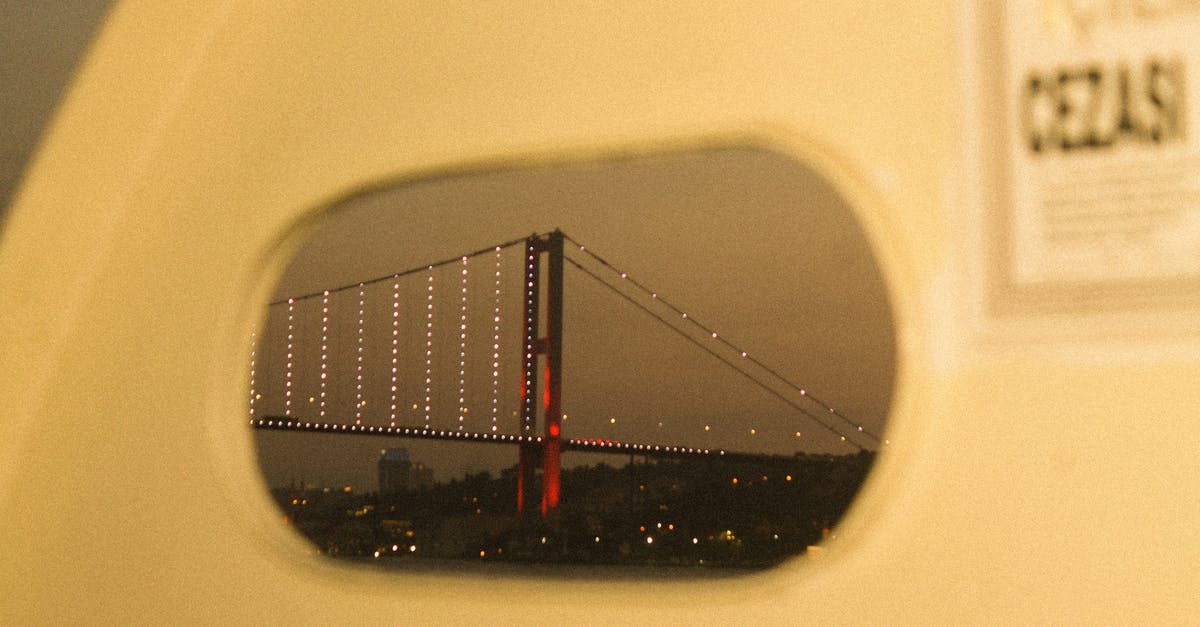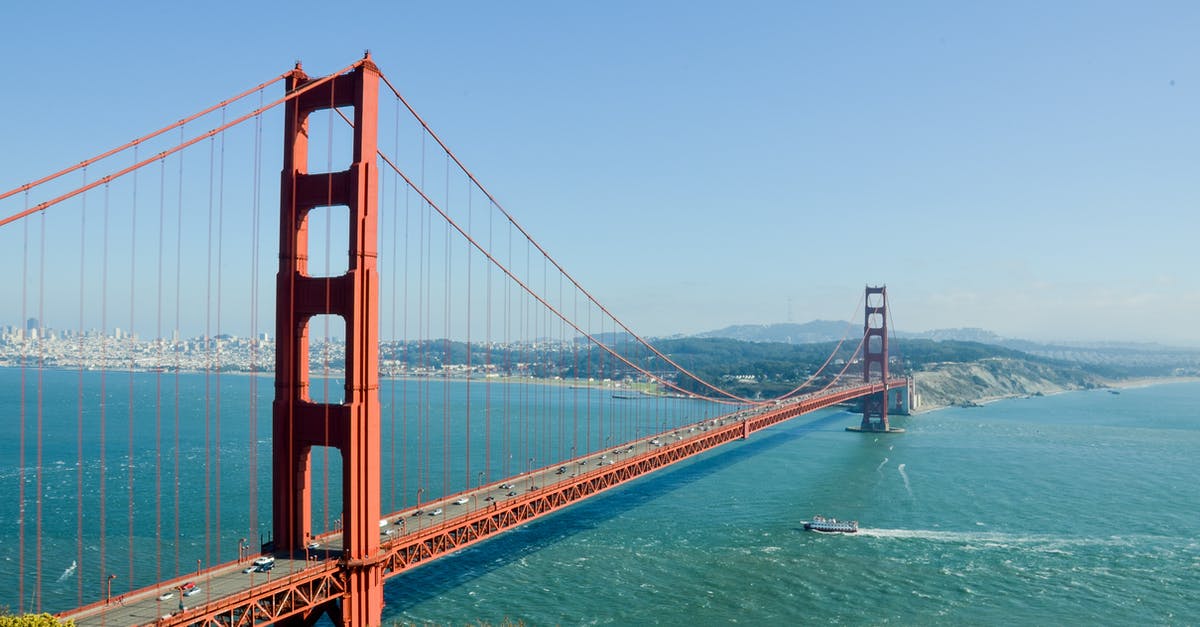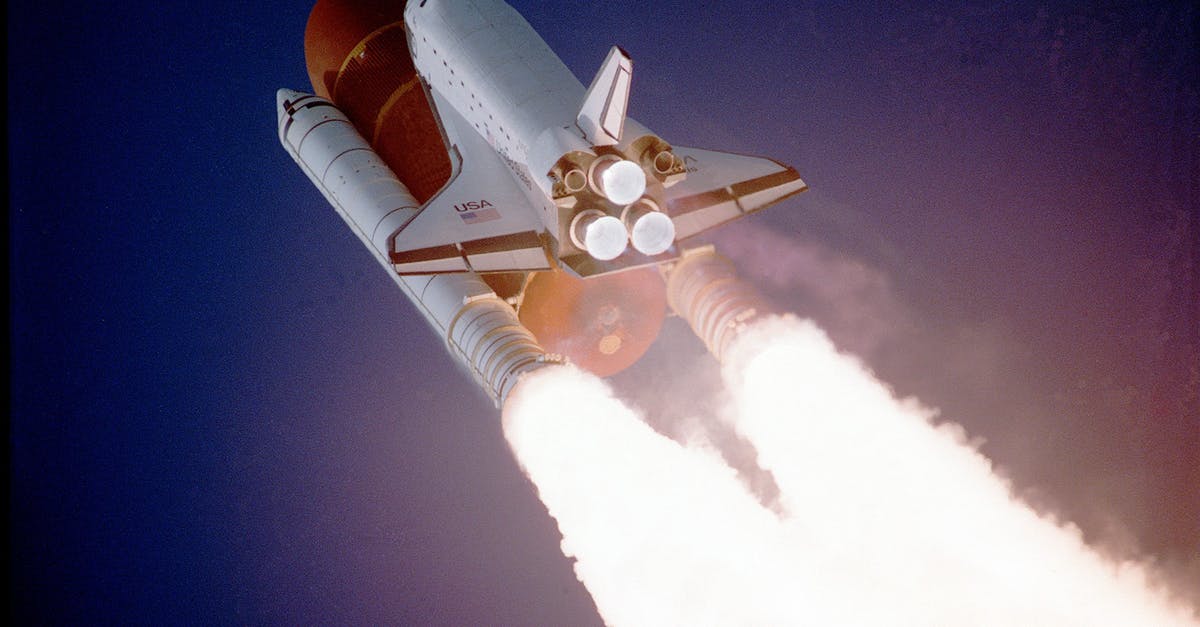When are U.S.-bound flights required to confiscate liquids at the gate?

In a recent question, I found that the U.S. requires flights from Hong Kong that are bound for the U.S. to confiscate liquids in containers above 100 mL from carry-on luggage in a secondary screening at the gate. However, this did not occur on a recent (June 2014) flight I took to the U.S. from Incheon, South Korea. I've also read forum posts where this has not applied to others going to the U.S. from Seoul or parts of Europe, but also where it has applied to those flying to the U.S. from some other places, including Latin America.
So, under what conditions are U.S.-bound flights required to confiscate liquids from carry-on items at the gate (as opposed to only confiscating them at security checkpoints and allowing items purchased airside to be taken on the plane, as happens on U.S. domestic flights?)
Is this only from certain countries whose primary screening isn't approved by the U.S. DoT (or DHS, as the case may be) for some reason? If so, is there a definitive list of which countries require (or, conversely, don't require) this check at the gate?
Is there an element of randomness to whether liquids acquired airside may be allowed on any given U.S.-bound international flight or is the procedure generally the same from a given departure point? It appears that, at least in the specific case of Hong Kong, the gate check is always applied, but I'm wondering about the general case of U.S.-bound international flights.
In order to limit the scope of the question, I'm not referring to items purchased in duty-free shops and the special rules and circumstances that may be involved with those. I'm just concerned with filling up or buying a water bottle or buying a soda or some such thing airside and taking it on the plane.
Best Answer
You are correct that the secondary screening for liquids only occurs at certain airports, including Hong Kong (which does the check for flights bound for the U.S. and Australia). I've seen it in Tokyo Narita but only sometimes and usually only a few people. The U.K. and Australia do strict liquid checks for all international flights. The U.S. does liquid checks for all flights (domestic and international).
Note that in HKG, for some gates the check is done as one boards the plane (after the boarding pass scan), while for other gates, the gate area is roped off, and the check is done as one enters the roped-off gate area. Likewise for SYD, which has a special gate area often used for US-bound flights where screening is done before entering the gate area.
Similar checks are done in MAD for flights to TLV.
Pictures about "When are U.S.-bound flights required to confiscate liquids at the gate?"



Do you have to take your liquids out of TSA?
Liquids, gels and aerosols packed in carry-on must follow the 3-1-1 liquids rule: 3.4 ounces or less per container. 1 quart size, clear, plastic, zip top bag (all liquids must fit in bag) 1 bag per passenger.Do I need to separate my liquids when flying?
During the airport security screening, you have to remove your quart-sized bag of toiletries from your carry-on and place it in a separate bin. The reason is that liquids can obstruct the images of the x-ray screening machine.When did Airports stop allowing liquids?
New technology means less time for travelers in airport security lines. The liquid ban came into play in August 2006, when a terrorist plot to detonate liquid explosives on multiple air crafts was stopped. Before the liquid ban, airport security lines moved more quickly.What is the 311 rule?
Each passenger may carry liquids, gels and aerosols in travel-size containers that are 3.4 ounces or100 milliliters. Each passenger is limited to one quart-size bag of liquids, gels and aerosols.Why Are Liquids Banned On Airplanes? Reasons Revealed
More answers regarding when are U.S.-bound flights required to confiscate liquids at the gate?
Answer 2
Just flew back from Hong Kong direct to Chicago on United and there was NO liquids check at the gate - I'm not sure if this was a mistake or have the rules changed (Nov 5th 2018).
Sources: Stack Exchange - This article follows the attribution requirements of Stack Exchange and is licensed under CC BY-SA 3.0.
Images: Elsa Olofsson, Rahime Gül, Pixabay, Pixabay
